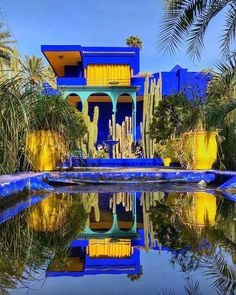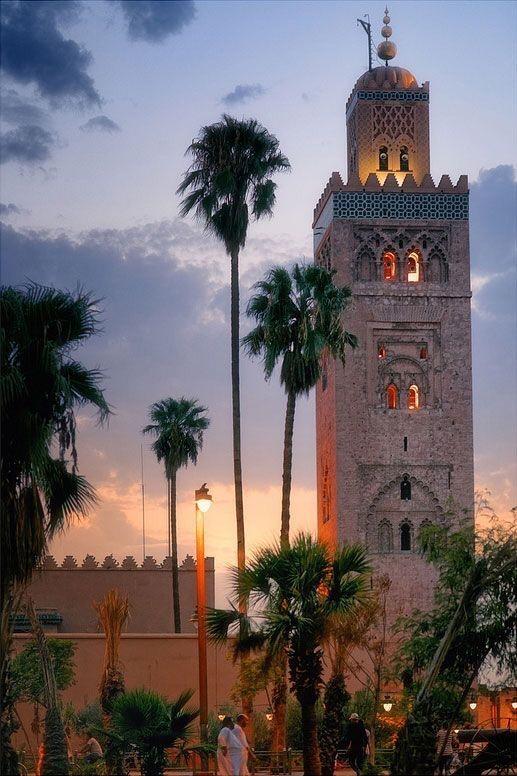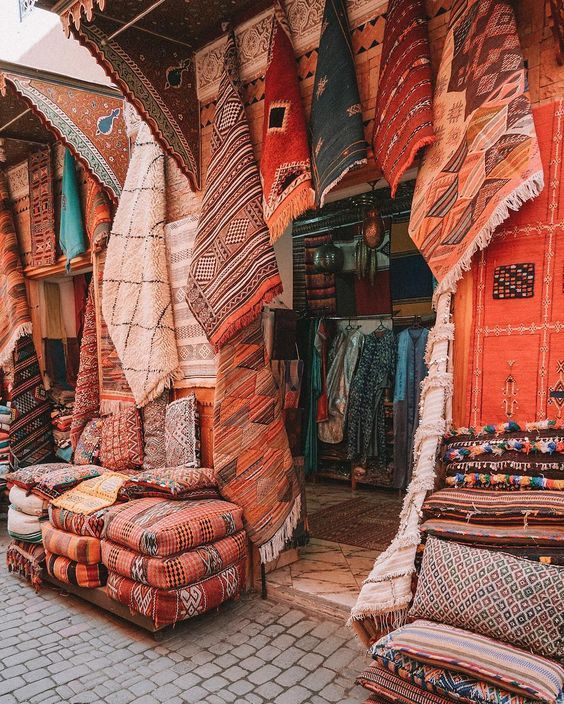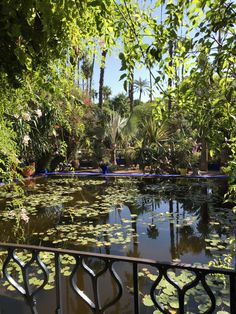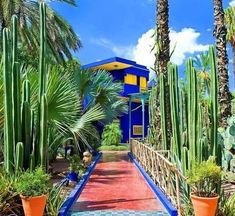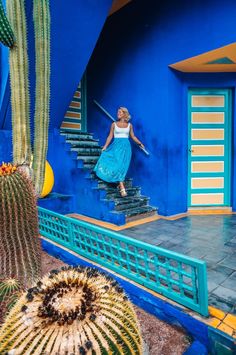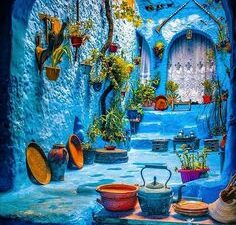Description
Day 1:
Take the road to Marrakech via Ifrane, Azrou, and Beni Mellal.
On the road to Marrakech, you will see the city of Ifrane, where the American University is located that was built by the Sauds. Enjoy tea or lunch in Ifrane and possibly have a look at the Barbary apes that run through this Swiss-looking Moroccan town. Continue on the road through Azrou, Khenifra, passing Beni Mellal, a small town surrounded by orange and olive groves . The nearby Bin el Ouidan Dam keeps the groves and other cultivated crops like beetroot and sugarcane well-watered.
Enjoy the landscape en route. Pass Beni Mellal, which is located at the foot of the Middle Atlas Mountains, on the edge of the Great Tadla Plain where cereals are cultivated. The town has an interesting history of also being called Day and Kasba Belkouche and was inhabited by the Berbers and Jews before the arrival of Islam. In the 13th century, Beni Mellal stood on the border between the kingdoms of Fes and Marrakech, which were the objects of dispute between the Merinid and AlMohad dynasties. In 1680, Moulay Idriss built a Kasbah in Beni Mellal. Continue the road trip and arrive in Marrakech in the evening, where the tour concludes with an overnight stay.
Day 2:
Having breakfast at the hotel.
Take advantage of the afternoon of guided tour of the city of Marrakech, “Paris of Sahara”, as Winston Churchill has already described him. Stop first in the mosque Koutoubia, which is a former monument built under the reign of the caliph almohade Yaqub al-Mansur (on 1184 in 1199). This monument inspired other buildings such as Giralda in Seville in Spain and the Hassan Tower in Rabat. Stop then to the Palace Bahia. This palace was built in the end of the 19th century and was intended to capture the gasoline of the Islamic and Moroccan style. Visit then the Madrasa Ben Youssef. This Koranic school owes its name to the sultan almoravide Ali ibn Yusuf (1106-1142). The Madrasa Ben Youssef is the biggest of Morocco. Stop then in graves Saadiens, which date of the time of sultan Ahmad al-Mansur (1578-1603). Graves were discovered in 1917 and were restored by the service of the Fine arts. Optional lunch in a local restaurant. Continue the visit to the famous place Jema El Fna, where you can attend incredible performances of traditional activities of storytellers, snake charmers and peddlers of traditional medicine. Your last stop is souks livened up of the former medina.
Day 3: Marrakech gardens
Breakfast, and start your visit of Majorelle gardens; Perhaps the most iconic gardens in Marrakech, the Majorelle Gardens receive busloads of visitors each day who flock to the former home and current resting place of Yves Saint Laurent. Originally owned by painter Jacques Majorelle, the gardens were abandoned before Saint Laurent and Pierre Bergé purchased the land and revitalized the gardens. Today, visitors can walk among the plants from five continents and admire the art-deco Majorelle blue home while listening to the splashing fountains.
Next garden will be the secret garden; Privately owned, Le Jardin Secret on Rue Mouassine in the heart of the Marrakech medina is a fine example of Islamic gardens and their cultural importance. Standing on the rooftop terrace or from the watchtower, visitors can witness first hand the strict geometric rules applied to the quadripartite Islamic gardens. After all, a garden is an oasis, a metaphor for paradise, and it must follow the Koranic description of paradise. The home was previously occupied by Al-Hajj Muhammad Loukrissi who lived in the residence with his three wives and many children until his death in 1934. Following his death, the building fell into a state of despair until the garden was purchased with renovations beginning in 2008.
Lunch, and free evening.
Day 4: Departure from Marrakech to Fez

